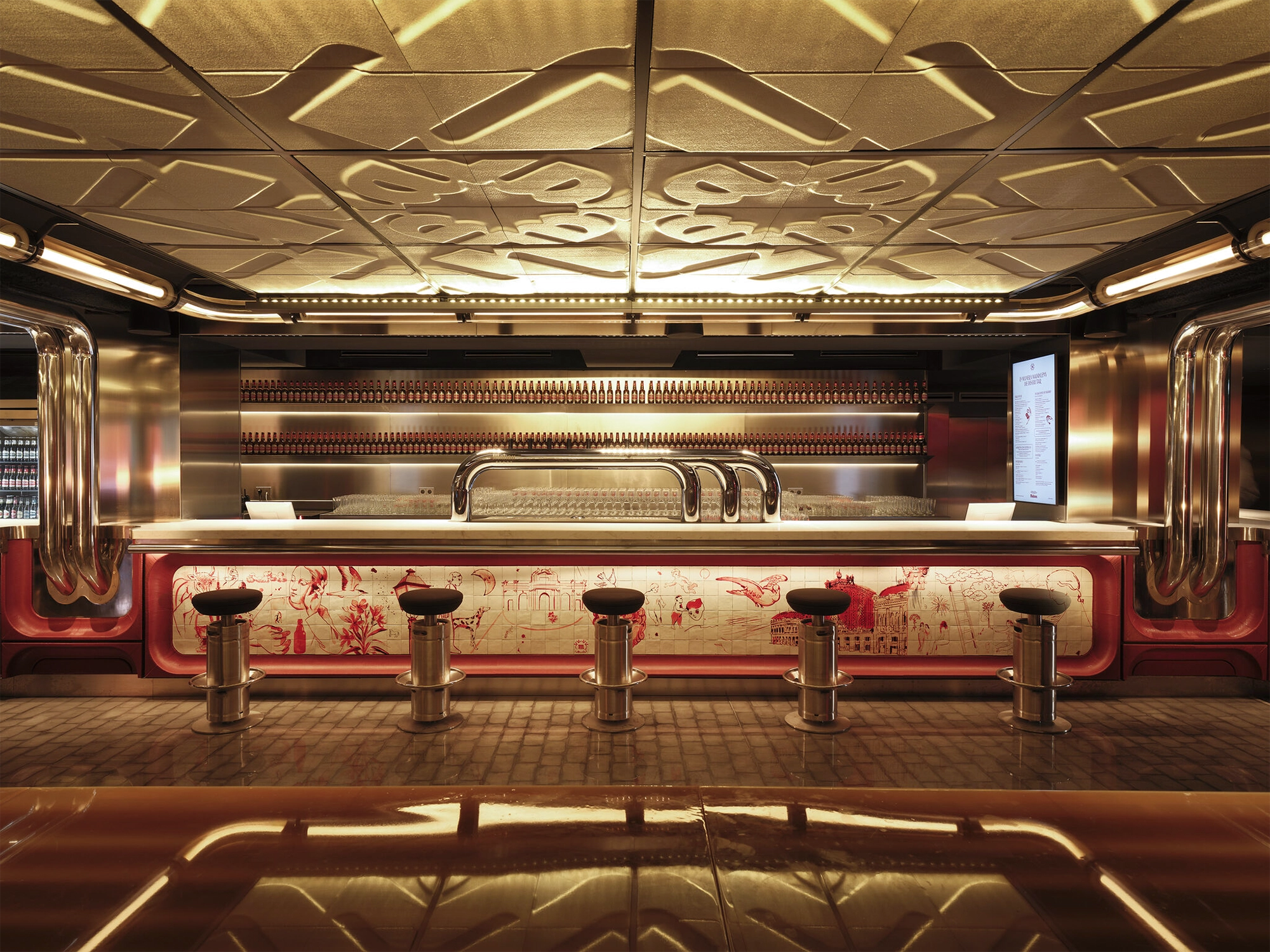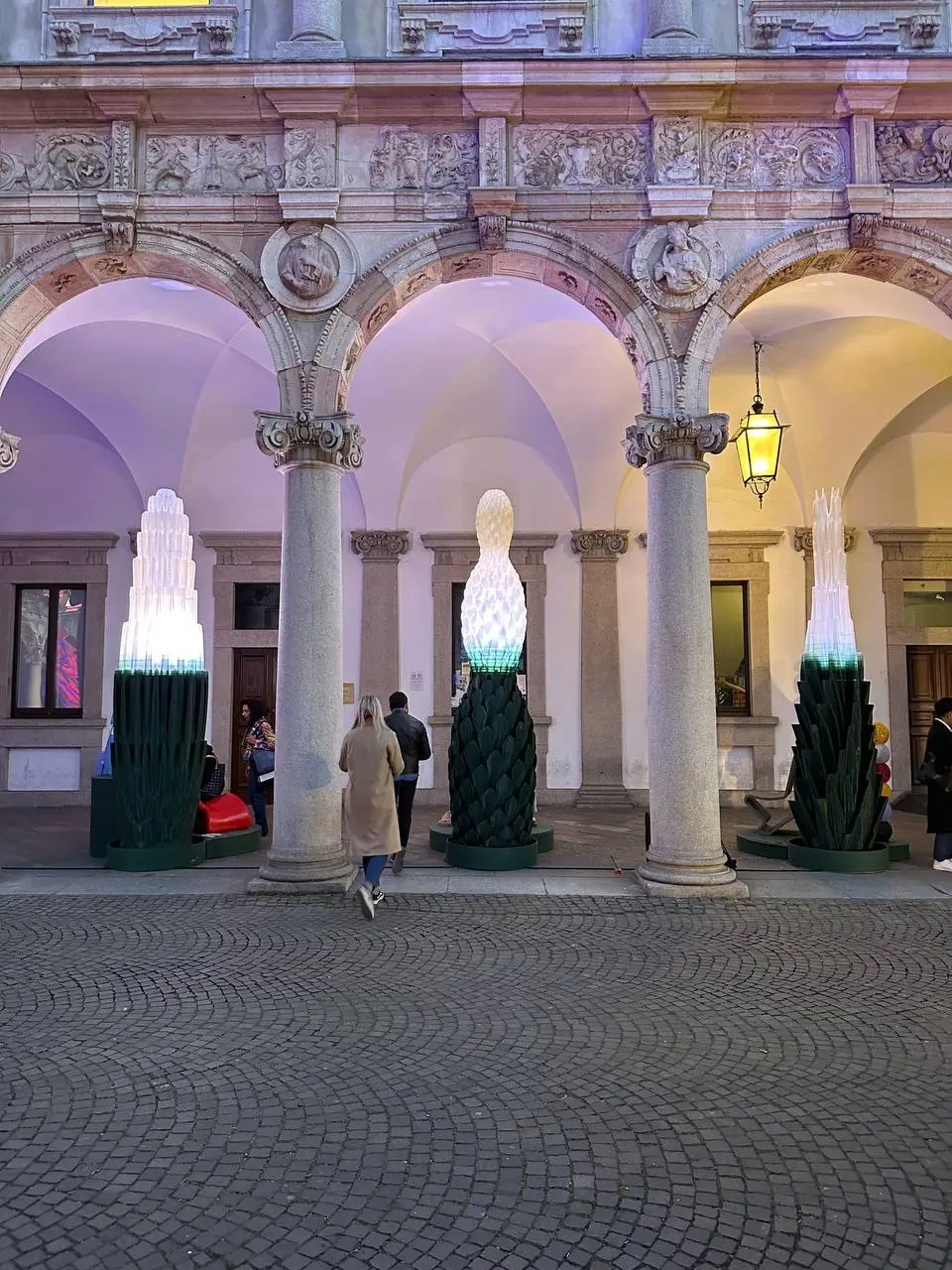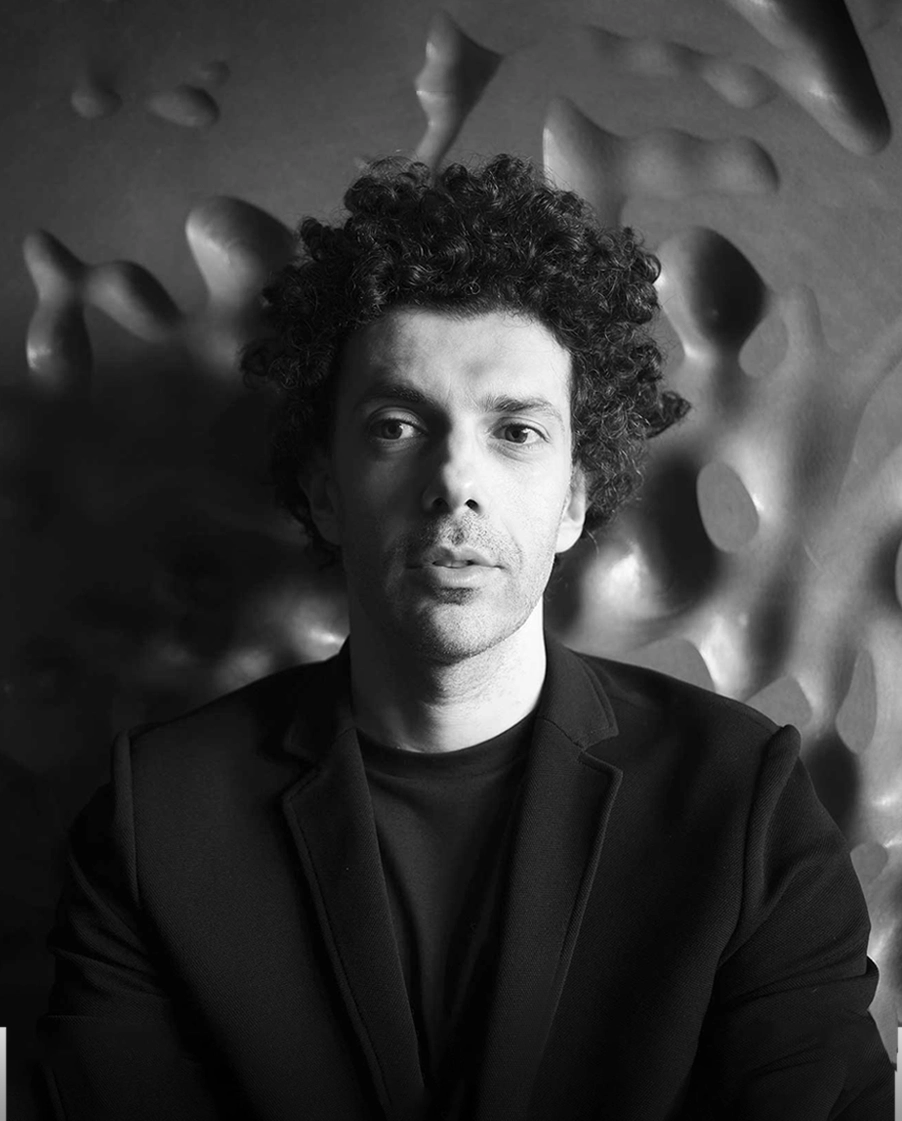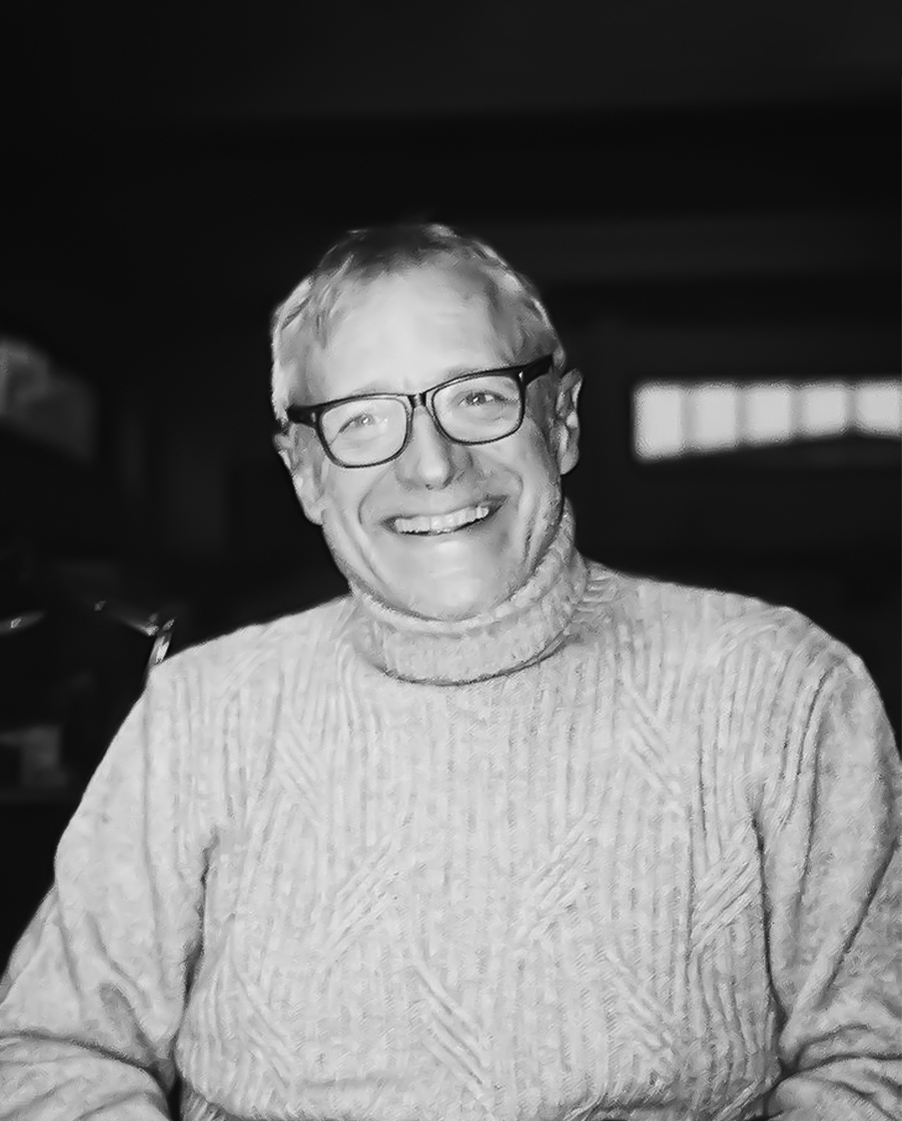A plaza inside a stadium
Apr 1, 2025Mahou and Real Madrid open a gastronomic space with 3D- printed elements
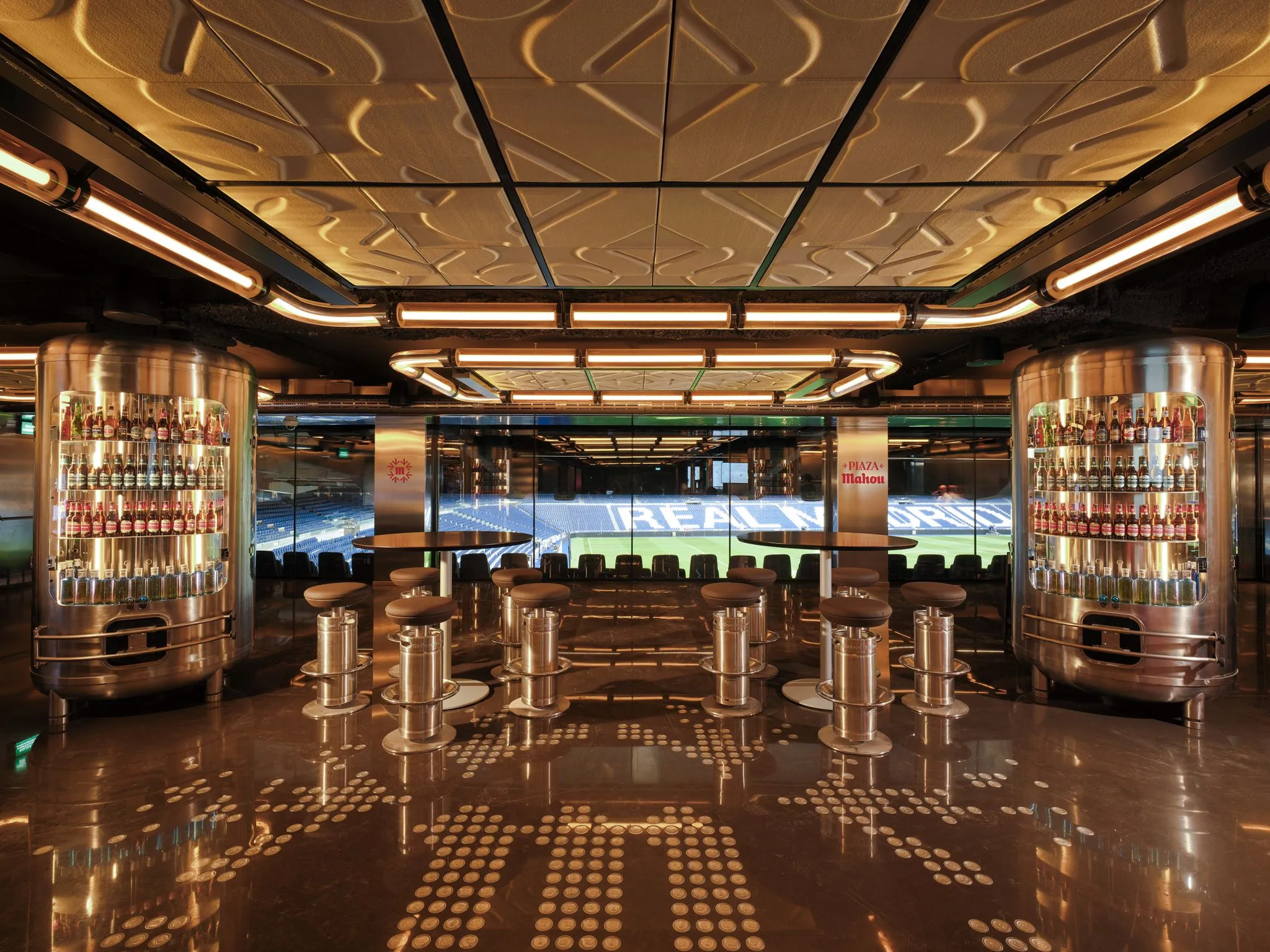
“The vitality of urban agglomerations lies in their diversity – of people, activities, architecture and materiality. This amalgamation of experiences defines a city’s identity. Madrid exemplifies this dynamism, with a mosaic of urban patterns that reflect different epochs of its history, merging into one another”, explains Carmelo Zappulla, architect and head designer of the Plaza Mahou project.
This urban richness is also part of the eating culture of the city. From small tapas bars to open-air terraces in large plazas, the act of gathering to eat contributed to an identity that is widely celebrated across Madrid. It is with this central theme, that the studio External Reference Architects approached the design of the Plaza Mahou gastronomic space located in the Santiago Bernabéu Stadium of the Real Madrid.
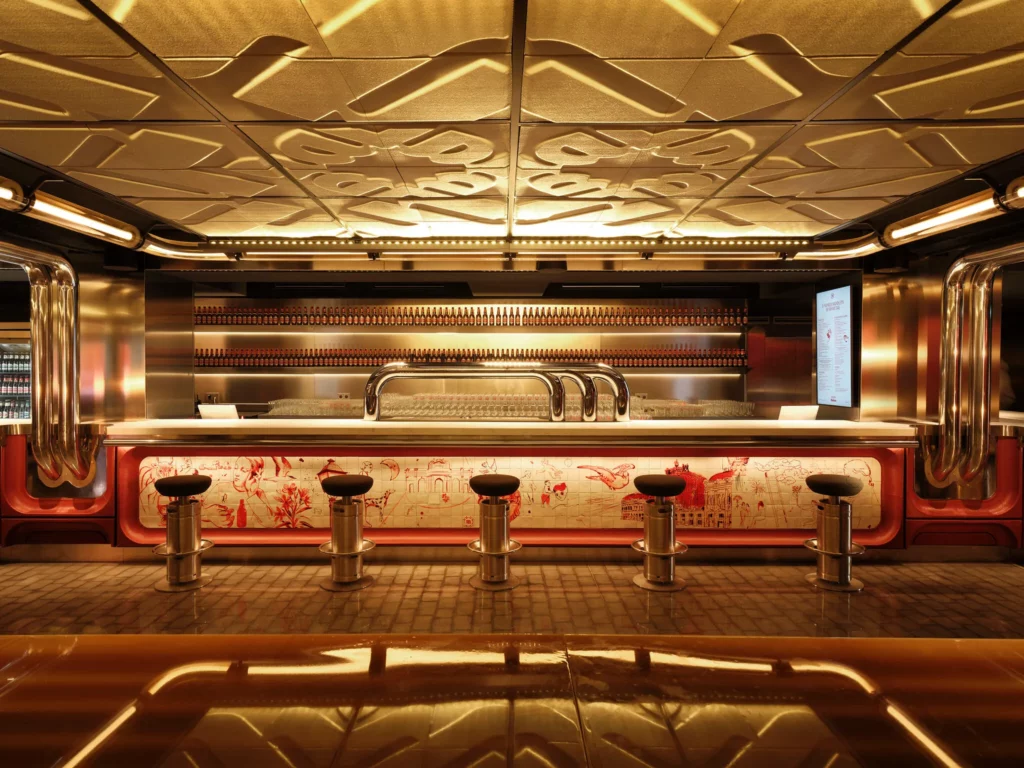
RICHNESS of FINISHES
To reflect this sense of richness and complexity, LAMÁQUINA contributed by producing 3D printed elements that introduced a variety of materials, textures and manufacturing processes. This could only be made possible through robotic fabrication, which allowed for the combination of both additive and subtractive methods using different material bases.

The space is embedded with movement, not just through the privileged views over the football field and screens displaying video loops, but also with flexible configurations that allow updating the space when needed. One example of this can be found in the entrance which is framed with a system of vertical and horizontal profiles that are assembled using intelligent nodes. These nodes are not limited to a bidirectional aggregation, but instead enable a myriad of possibilities in all directions.
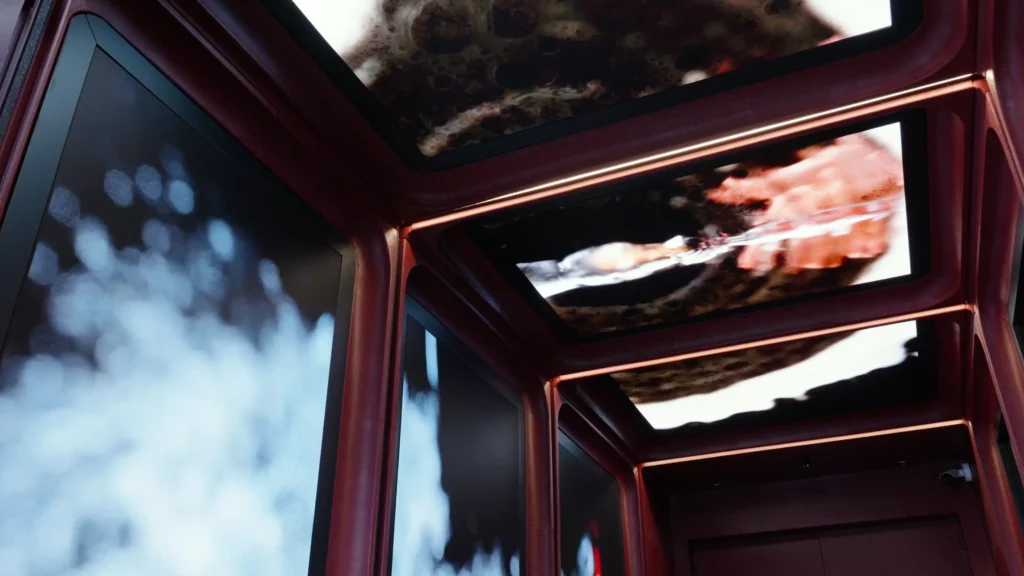
ENHANCING MATERIALITY
Once inside the space, ceramic-covered walls welcome visitors, enveloping activity in a materiality deeply rooted in local tradition. The ceramic tiles produced using robotic manufacturing feature sinuous surfaces, enhancing the dynamism of the space with the reflection of light. Taking advantage to the high customisation of the techniques employed, some of these pieces were engraved with branding details, seamlessly incorporating them into the design.
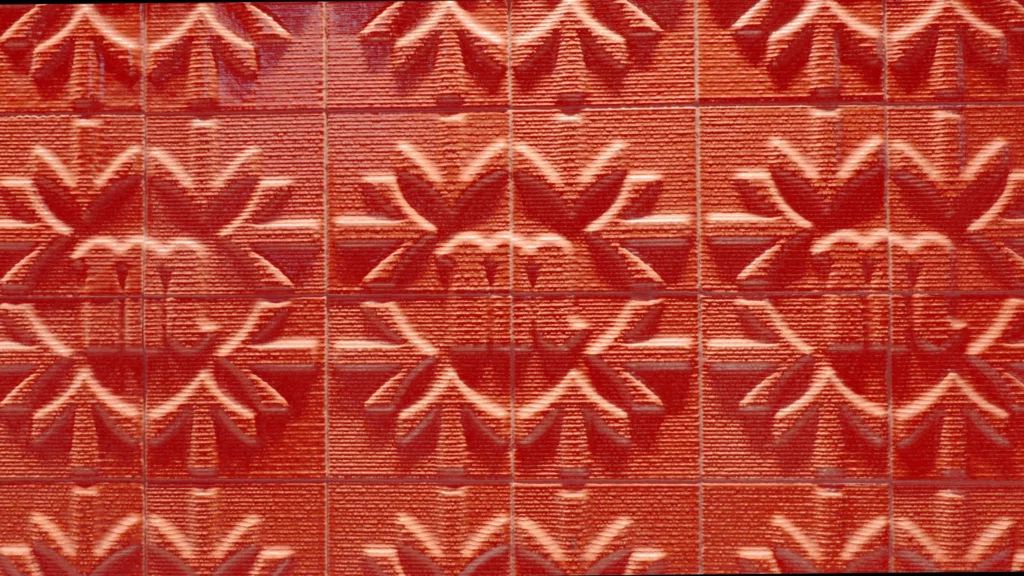
To expand the range of finishes within the space, different textural treatments were applied to central elements. The front of the counter is lined with a 3D-printed recylcled polymer frame that encloses hand-painted tiles, created by Los Bravú, that illustrate symbolic aspects of Madrid’s lifestyle. The contrast between robotically automated contours and the hand-drawn lines highlights the blend of technology and craftsmanship in this scene. The fabrication of the tables involved non-planar 3D printing and resin slabs that create the texture of bubbling beer, serving as the design core developed by External Reference. The ceiling is composed of robotically manufactured pieces that form a composition that instills the identity of the space while fulfilling its functional requirements.
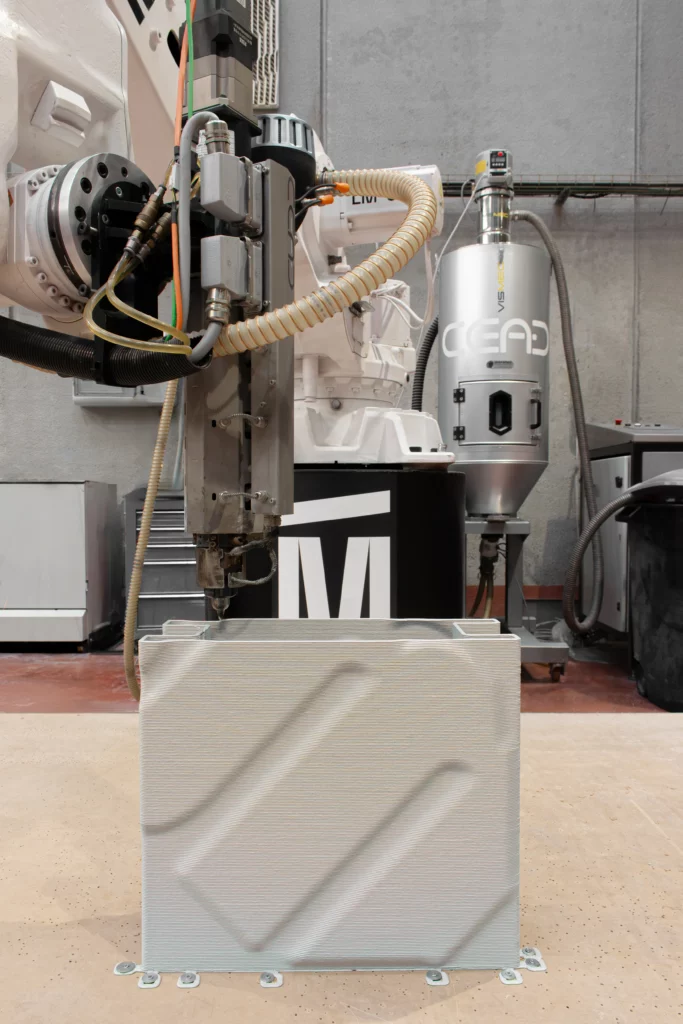
The integration of digital craftsmanship allowed the concept behind the space to be fully realised, exploring its potential in every detail. From the diversity of finishes to the implementation of different strategies, this space not only enhances the functionality of a gastronomic experience but also embodies the essence of a lively city.
